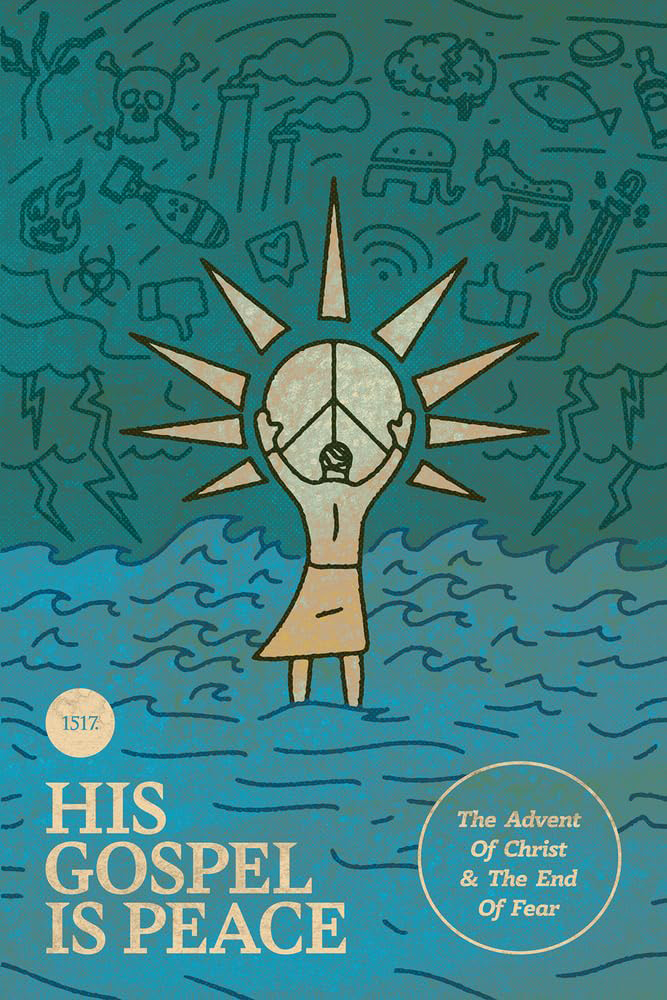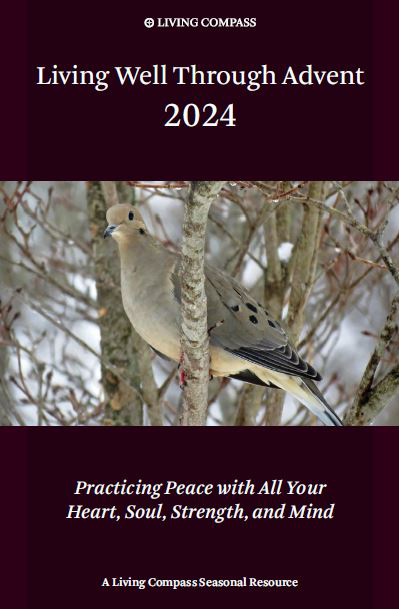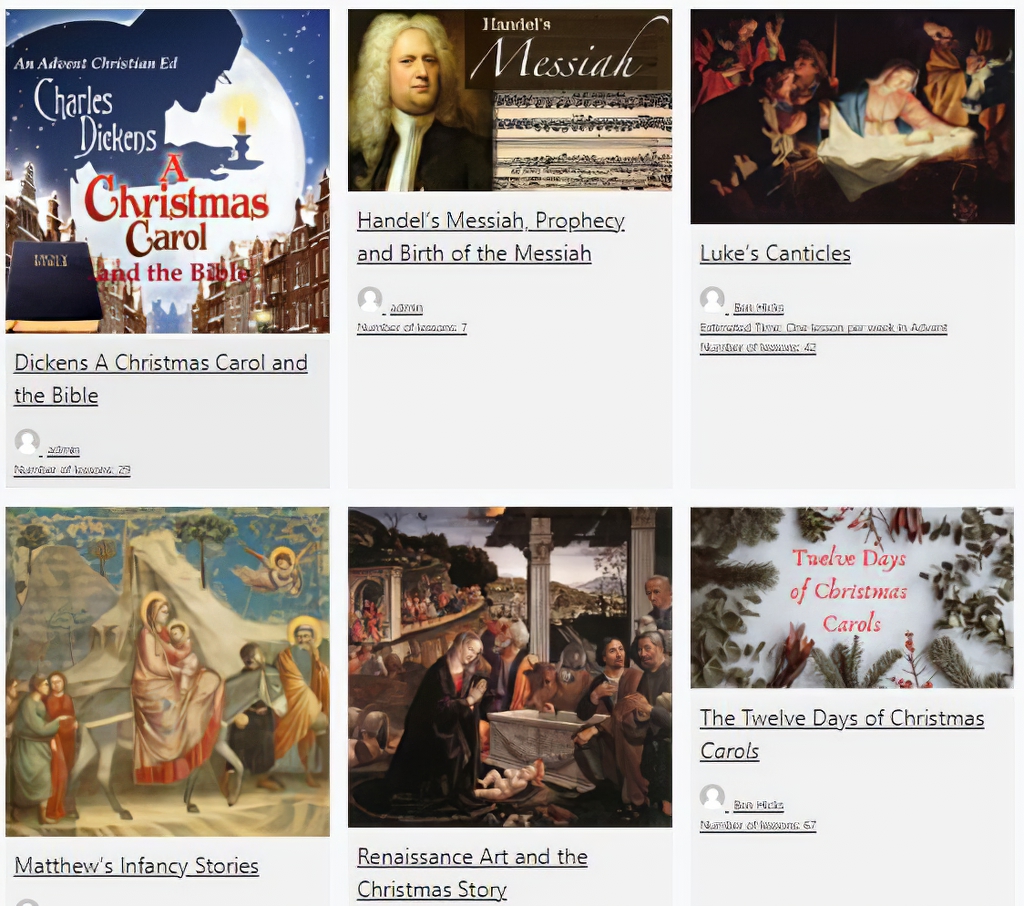Advent 3, Dec. 15, 11am.
Coming up
St. Peter's Episcopal Church, Port Royal, VA

We are a small Episcopal Church on the banks of the Rappahannock in Port Royal, Virginia. We acknowledge that we gather on the traditional land of the first people of Port Royal, the Nandtaughtacund, and we respect and honor with gratitude the land itself, the legacy of the ancestors, and the life of the Rappahannock Tribe. Our mission statement is to do God’s Will in all that we do.
Advent 3, Dec. 15, 11am.
Coming up
 Third Sunday in Advent, Dec. 15, 2024
Third Sunday in Advent, Dec. 15, 2024

His Gospel is Peace: The Advent of Christ and the End of Fear
For this Advent Sermon series, Pastor Matt Popovits focuses on five places in Scripture whereGod addresses our fears and proclaims his peace. Despite your worries, anxieties, and veryreal suffering, we have a God who stands resolute to give us his “peace which surpasses allunderstanding” (Phil. 4:7).
The season of Advent helps us long for a different reality: one ruled by peace ratherthan fear. For the Son of God was born into our tribulation, despair, and fear not just tocomfort us but to bring about an end to whatever terrifies us most.This is why the psalmist can assert, “We will not fear, though the earth gives way.”It’s why one of Jesus’ common refrains is “Fear not.”It’s why Paul proclaims that the peace of God guards and rules over the hearts of hispeople.
For this Advent Sermon series, Pastor Matt Popovits focuses on five places in Scripture whereGod addresses our fears and proclaims his peace. Despite your worries, anxieties, and veryreal suffering, we have a God who stands resolute to give us his “peace which surpasses allunderstanding” (Phil. 4:7).
Links to the 5 sections:
PSALM 112:6-8 – NO Fear of the future

Living Compass produces a book of daily meditations for Advent- “Living Well through Advent which begins Dec. 1
https://shop.livingcompass.org/collections/advent-and-lent-resources The printed copy is $1 and the download is free.
The Living Compass Model for Well-Being offers us guidance in four dimensions of our being: heart, soul, strength, and mind and focus on how they are interconnected. The goal is wellness and wholeness
The theme this year is “Practicing Peace with All Your Heart, Soul, Strength, and Mind” “The seasons of Advent and Christmas are filled with the presence of peace, if only we remember to pause and open ourselves to receiving this gift.” “Peace on earth” is at the heart of the Christmas story.
Week 1 Peace like a river – Deepening Our Understanding of Peace
“The peace of God is transformative. It changes us from those who would use oppressive power to a people who nurture and tend. The peace of Christ moves us into new places. This holy peace requires that we change and move, not stay stagnant.”
“Peace is not the absence of conflict, but the trust that God can trans-form conflict into reconciliation. Peace is not calm because the disparate voices are silenced, but the courage to stand within the waters of righteous anger, hear the wails of suffering, and work for change. Peace is crossing from the bank of oppression to the side of justice, and having the faith to walk in the shifting sands and strong current that would make us turn back, except that God call us to cross to the side of love … every single time.”
Week 2 Making Peace with Ourselves. Audrey Scanlan reminds us that seeking a deeper peace within ourselves requires honest, soul-searching self-reflection. It is a road less traveled. So much so that Audrey, a person who takes practicing peace seriously, concludes her reflection with the unexpected words, “It was, perhaps, the first time that I had ever practiced making peace with myself
Week 3 Becoming Instruments of God’s Peace. For people of faith, making peace with ourselves is not an end in and of itself, but a necessary step toward our being able to be instruments of peace for others.
Week 4 Practicing Peace as a “Holy Yes”. Responding “yes” to the Spirit is contagious—it goes viral! Mary’s “yes” to carry the Christ child precipitated Joseph’s “yes” to protect and care for them. And their “yeses” led to millions more, thus transforming the world. For Mary it meant bearing the Christ Child under less-than-ideal circumstances and witnessing his crucifixion. Joseph took on the shame of Mary’s unwed pregnancy. Thankfully, our yeses are not carried out alone. Emmanuel—God with us—gives us the grace not only to bear the cost, but also to experience the new life that can only come from accepting divine invitation.
Each week in Advent has a specific theme:
Week 1- The End of Time / Remaining Awake
Week 2 – God promises for Peace and Justice / John the Baptism
Week 3 – Rejoice (Gaudete Sunday) / John the Baptist
Week 4 – The Messiah
Advent comes from a Latin word – “advenire” – which means to come to/ During Advent. There are three comings:
• The Coming of God to the world as a human baby
• The Coming of God to the world in His glory at the end of time where God’s purposes will be fulfilled. The second coming
• The Coming of God into the world today. Jesus comes to us now in word and sacrament, in prayer and praise, in his Body, the Church
Advent causes us to remember that we are a people who live “between.” We live between the incarnation and the parousia, the day of the Lord.
Advent is a journey, a pilgrimage of watching and waiting. We are not ready for the Christ Child as we have work to do.

Many of these courses were part of Christian education in earlier years when classes were scheduled before church.-
No login or password is needed. You can start and stop the courses as desired.
1 Luke’s canticles – Combines four stories from Luke with insights from artists, prayers, and hymns from around the world. Based on Songs in Waiting by Paul Chandler Luke’s Canticles
2 Matthew’s Infancy Stories. Comparable to Luke but with a decidedly Jewish character and an emphasis on Joseph.much different than Luke. Matthew’s Infancy Stories
3 Christmas Carols – 15+ carols for the days leading to Christmas. The background and musical selections are included. They surround us at Christmas. How much do you know about them? Christmas Carols
4 Handel’s Messiah, Prophesy and Birth of the Messiah. The premiere Christmas work with the music and text Handel’s Messsiah. The story of the Christmas part of the Messiah together with the music.
5. Dickens : A Christmas Carol and the Bible. The premiere Christmas novel, here with the influence of the Bible and much of Dickens time. A deep read into the Christmas classic for references to the Bible and Dickens’ religious beliefs Dickens : A Christmas Carol and the Bible
6. Renaissance Art and the Christmas Story The Renaissance was the first period where art came into its own depicting the stories we know and love. The study is divided by subject and includes about 15 art examples. Renaissance Art and the Christmas Story